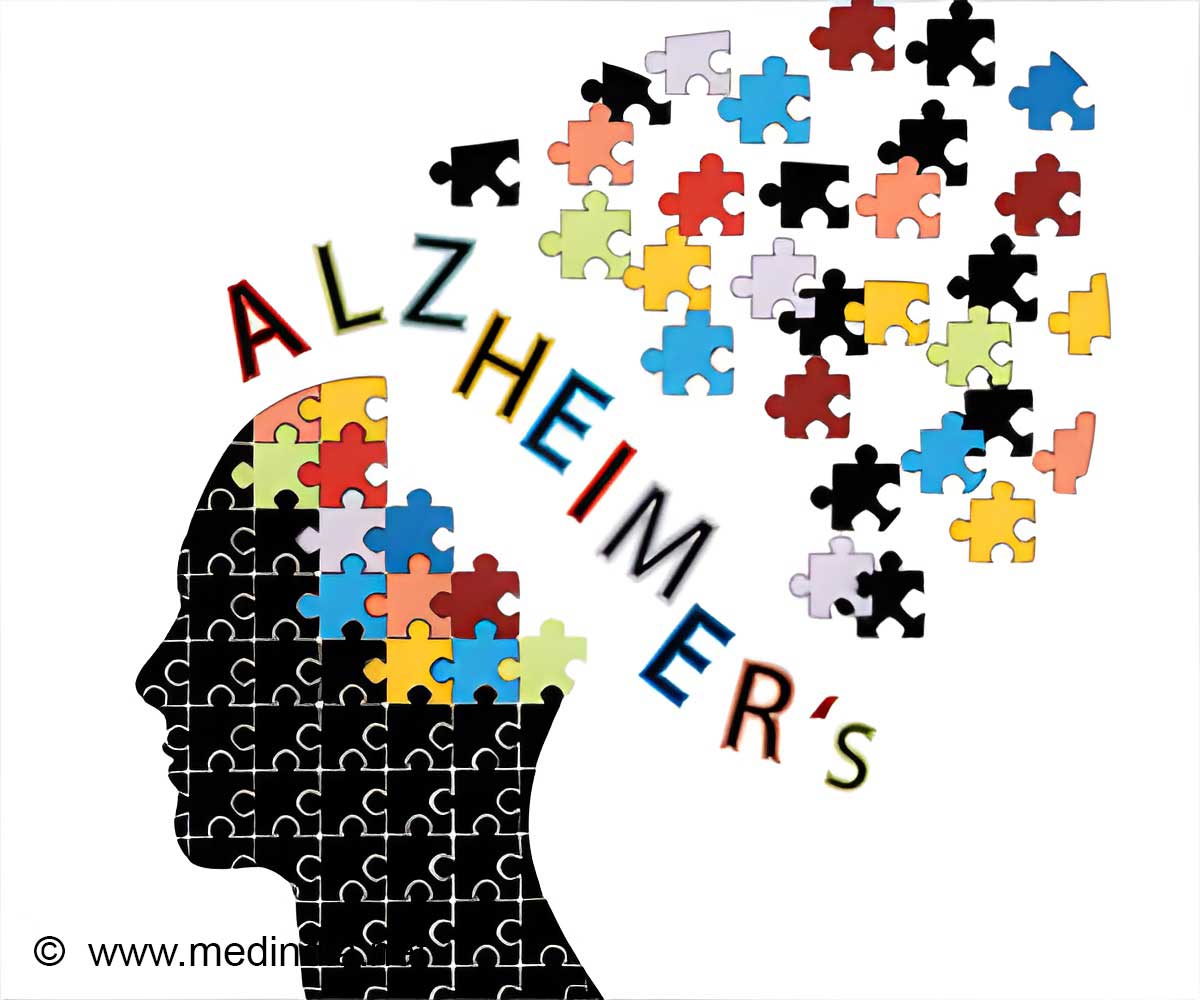A number of genes involved in neurodegeneration promote damage to neurons and glia by inducing high levels of free radicals.

‘Mutations that lead to a breakdown of the support system between neurons and glia can pave the way to neurodegeneration and free radicals are at the root of a key aspect of this process.’





The researchers discovered that when this mechanism fails, neurodegeneration follows, opening a path to a better understanding of disorders such as Alzheimer’s disease. First author Dr. Lucy Liu, a Ph.D. graduate in neuroscience from the Bellen lab, discovered in 2015 that a number of genes involved in neurodegeneration promote damage to neurons and glia by inducing high levels of free radicals (oxidative stress) and accumulation of lipid droplets in glia. This work sets the stage for the current study.
"Using electron microscopy, we observed lipid droplet accumulation in glia before obvious symptoms of neurodegeneration," Liu said.
"In the presence of high levels of oxidative stress, neurons produce an overabundance of lipids. The combination of free radicals and lipids, which produces peroxidated lipids, is detrimental to cellular health. Neurons try to avoid this damage by secreting these lipids, and apolipoproteins - proteins that transport lipids - carry them to glia cells. Glia store the lipids in lipid droplets, sequestering them from the environment and providing a protective mechanism."
Liu and her colleagues discovered that the storage of lipid droplets in glia protects neurons from damage as long as the free radicals do not destroy the lipid droplets. When the lipid droplets are destroyed, cell damage and neurodegeneration ensues.
Advertisement
"Our research brought us to a fascinating and unexpected finding," Liu said. "Approximately 15 percent of the human population carries apolipoprotein APOE4. Since APOE4 was first linked to Alzheimer’s disease almost 30 years ago, it remains the strongest known genetic risk factor for this disease. Meanwhile, APOE2, which is slightly different from APOE4, is protective against the disease. This evidence suggests that APOE is important for proper brain function, but we know little about how APOE itself may lead to Alzheimer’s disease".
Advertisement
"APOE2 and APOE3 can effectively transfer lipids into glia," Liu said. "
On the other hand, APOE4 is practically unable to carry out this process. This results in a lack of lipid droplet accumulation in glia and breakdown of the protective mechanism that sequesters peroxidated lipids. This fundamental difference in the function in APOE4 likely primes an individual to be more susceptible to the damaging effects of oxidative stress, which becomes elevated with age."
"Another contribution of this study is that glia play an important protective role against oxidative stress in neurodegeneration," Bellen said.
Source-Eurekalert












